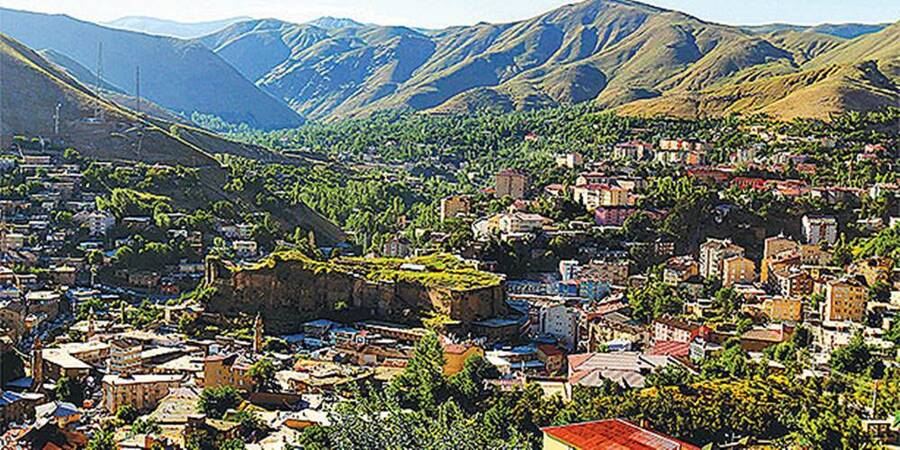Kurdshop- Badlis is one of the most important historical cities in the North part of Kurdistan. It is said that "Alexander the Great" named the city Bad-Lis. Then the name was changed to Bet-Liz and Betlis. In Armenian sources, the name of the city is given as Pakhish.
According to some other sources, Badlis's first name was "Be-tirs" which means bravery and fearlessness in Kurdish, but it has gradually changed to Badlis.
Badlis is the most tobacco growing city and is famous for its tobacco. In addition, Badlis is very rich in gardens and fruit products. The climate is very dry, and the winters are very cold and snowy.
The history of Badlis begins with the history of the Aryans. According to research, the city dates back to five thousand years BC. According to some sources, the greatest damage to the region was done by the Assyrians. It was the time of the Mitanni rule. The Mitannians used the Huri or Khuriki language, which is Kurdish; the empire is called "Khuri-Mitani".
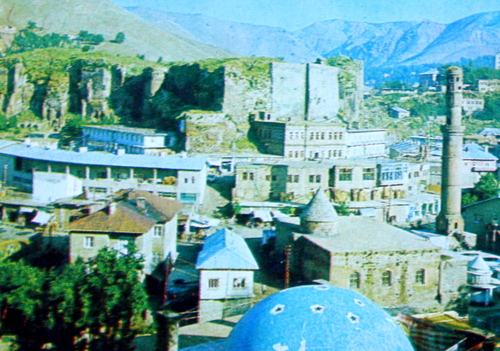
In the 13th century BC after the fall of the Mitanni and in the 12th century after the fall of the Hittites, in the east, the Aryan people settled in mountain centers. In the ninth century, the Aryan people established a federation with Tushpa as its center and established the rule of Urartu. Urartu lost much of its power due to the Assyrian invasion. In order to put an end to these attacks, the Kurdish people gathered under the control of the Medes in the seventh century. Key Med Cyaxares cleansed the country of all plunderers and gathered the Aryans under one flag (to the Red Sea). In the sixth century, however, the Persians staged a coup against the Median army, and although they entered the center of power, they were not very powerful from an ideological point of view. So, in 333 BC, the Persian army was defeated by Alexander the Great of Macedonia at the Battle of Issus. In the first century, although the Roman armies attacked these areas twice, they could not stay long and returned.
Information on the history of Badlis has been collected and published, especially in the Sharafnama book. According to the book, at that time, 25 Kurdish tribes living separately met and decided to unite.
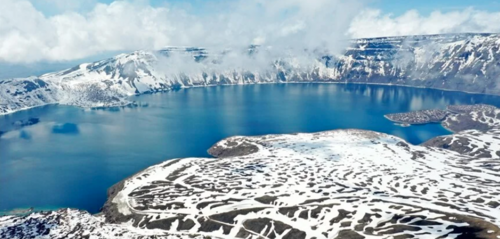
When Tadit, the ruler of Georgia, ruled the region, the tribes attacked the ruler's army and captured the castle and the city. The 25 tribes that make up the Rojkan tribe, called Rojkan, are Qaysan, Baykan, Modkan, Zoqaisi, Zaydi, Kalachar, Khirbalan, Balkan, Khyartan, Gowrak, Birashan, Sakran, Garsi, Bedoran, Balakurdan, Zardusan, Andakian, Pirtayan, Qawalsi, Girdikan, Suhrawardian, Kashakhian, Khaldan, Istukan, and Azizan.
After that unification, the Byzantines and Sassanids came to the region but did not stay long. In the eleventh century, there was an invasion by the Turkmen, also known as the Seljuks. The area, which borders the Kurdish Marwan Dugali, was conquered by the Mongols in the 13th century. After these invasions, Badlis remained in the Ayyubid Empire. After the conquest of Teimur, Badlis remained under the rule of the Sharafkhanis for centuries.

During the reign of Caliph Umar, Badlis introduced Islam and the people converted to Islam. Badlis remained under the rule of the Umayyads, Abbasids, and Marwanis and became an Ottoman city in 1537. In the 16th century, Badlis was completely under Ottoman rule. Until 1894 it was ruled by the Sharafkhanis. In 1915, it faced a Russian invasion. The occupation caused great destruction in Badlis. In 1916, under the control of the nobles, begs, and the entire Kurdish people, Badlis was liberated from Russian occupation. Although it had survived the invasion, the city was no longer the same.
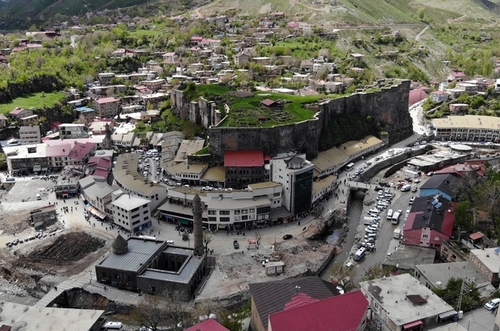
Previously, the population of Badlis was about 60000, but after the invasion, especially after the Russian occupation, the population decreased to few thousand. In 1929, Badlis became a district of Mush, but in 1936 it became a city or province again.
Badlis in particular is very advanced artistically. It became a cultural and artistic center in the 17th, 18th, and 19th centuries. Although it has seen many depredations, it has lost none of its value.
The areas of Badlis are Al-Jawaz, Khalat, Chukhur (Norshin), Khizan, Motki, and Tatwan.
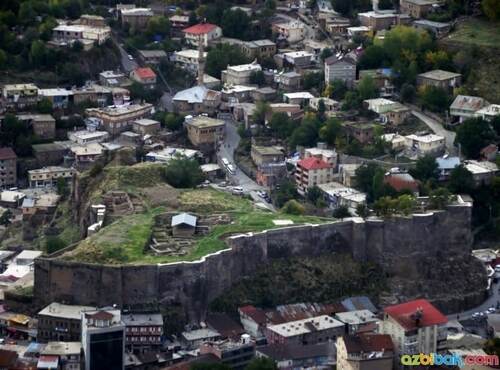
The hot springs of the region
There are a lot of hot springs in and around Badlis. Some of them are: Guroymak, Mount Nemrud, Alamdar, Koprualt, Chim Jomugu, Pura Arab, and Yilan Dirilten.
Castles of Badlis Province
The castles of Badlis province include Badlis, Al-Javaz, Adiljavaz Kef, Akhlat Castle in Berav, Akhlat Castle, Tatwan, Zaydan, Kalhok, Deri Ezdinan, Dolek, Takh, Sindbadi Castle.
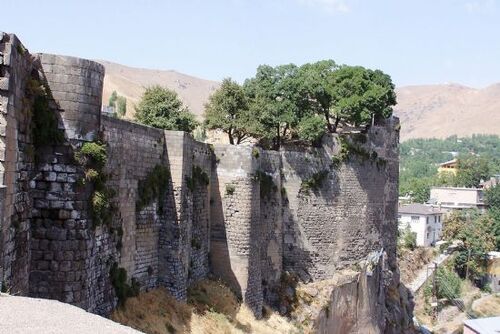
Badlis Castle
According to what is proven, Badlis Castle was built during the Aryan period.
The castle is built on the rocks between two rivers of Badlis that meet at one point. The castle is square. It has 670 branches. Two observation towers have been built to the east and west. The circumference of the castle is 2800 meters, 56 meters high, and 7 meters wide. There are 800 houses in the castle, a mansion, a palace, a granary, and an armory. In the 10th century, tribes that wanted to unite met in this castle on the same day and decided to unite.
The inside of the castle is filled with soil. Therefore, no one can enter, but from the top of the castle, there is a very interesting and beautiful view.
Because the castle is built on a hill that is difficult to climb, there are no protective pits around it. In addition to the Badlis Castle, there was also a monitoring tower, but now only its remains are there.
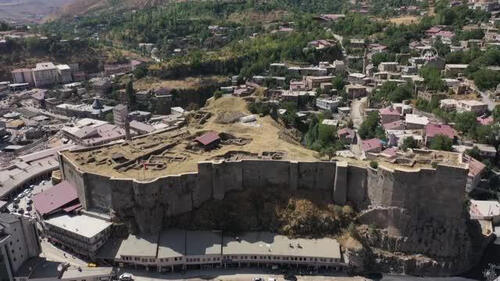
Geography and boundaries of the city
The city is bordered by Agri in the north, Mush in the west, Sert in the south, and Lake of Van in the east.
The land characteristics of the city
71 percent mountain, 10 percent plain, 3 percent mountainous, and 16 percent semi-mountainous. 80 percent of its land is useful for agriculture. Many of its products include tobacco, nuts, and wheat.
The mountains of this region
The most famous mountains in the region and Badlis province are Sipan (4058 m), Ziarat (3002 m), Nemrud Badlis (2935 m), and Turishk (2828 m).
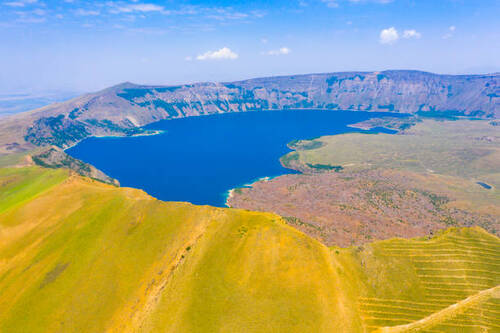
Mount Nemrod and its lakes
Badlis consists mostly of difficult and high mountains. To the north of the city is Mount Nemrud, a volcanic mountain with an altitude of 2935 meters.
Due to volcanic eruptions, the lakes on the mountain were formed. What is interesting is that the cold lake (blue) and the warm lake (green) are close together however, one part is too cold while the other part is too hot.
Lake Nemrud, located on Mount Nemrud, is the second largest lake in the world. Due to its nature, Mount Nimrud hosts many local and foreign tourists every year, especially during the summer.

The legend of Nemrud
The tyrant King Nemrud used the mountain near Tatwan as a shelter in his time. Then the mountain volcano erupts and the fire rains on the villages near Mount Nemrud. Meanwhile, Nemrud's cruelty to Prophet Abraham came to mind and the people said, "Fire fell on Nemrud's cruelty. For this reason, the name of the mountain remains Nemrud.

Mount Sipan
Mount Sipan is located north of Lake Van and is 4058 meters high. The top is covered in ice.
The plains
Due to the mountainous nature of the area, this area has few plains. The plains of Ravha, Khalat, Arin, and Al-Jawaz are the small plains of the region.

Rivers and lakes
The largest lake in the region is Lake Van. In addition, there are other lakes in the area. Like Nemrud, which is 2400 meters above sea level. The lake covers an area of 10 square kilometers. Lake Nazluk has an area of 3.5 square kilometers and Lake Arin has an area of 13.5 square kilometers.
The rivers of this region are Botan, Kharzan, Badlis, and Oranz.
Geography and boundaries of the city
The city is bordered by Agri in the north, Mush in the west, Sert in the south, and Lake Van in the east.


